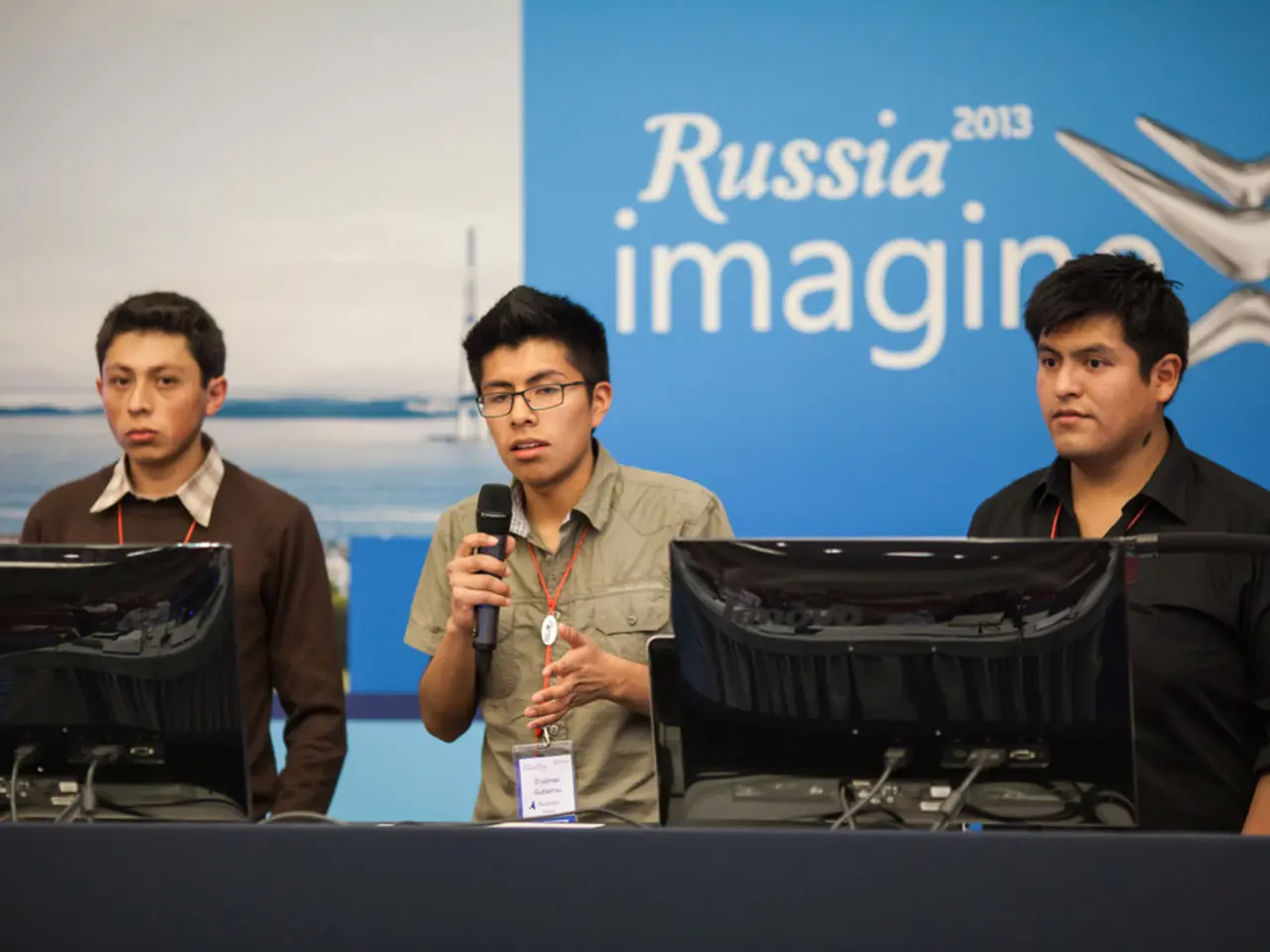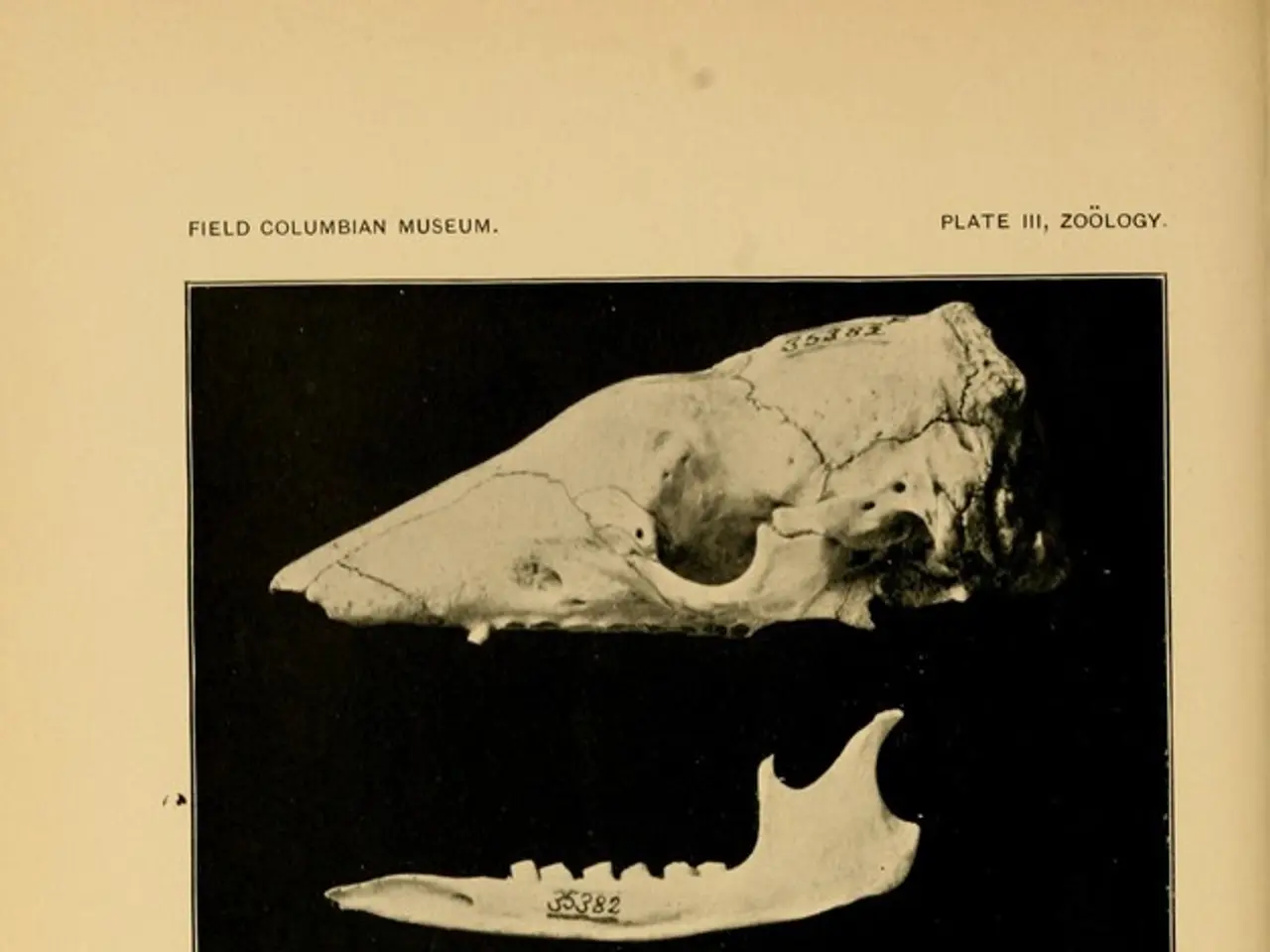In the year 2025, over a million infants were born in the heart of Russia.
Russian Prime Minister Mikhail Mishustin recently announced an increase in MROT payments, a key government support measure for families with multiple children. This move is part of a broader strategy to address demographic challenges and promote population growth in the country.
In 2025, Russia recorded over 1 million birth registrations, with the total number standing at 1,057,234, as reported by RIA Novosti. The average age of mothers in 2025 was 29.8 years, while the average age of fathers was 29.2 years. Slightly more boys than girls were born, with 51% being boys and 49% being girls.
In 39% of cases, the mother was having her first child, while in 32% of cases, she was having her second child. Eighteen percent of mothers had their third child, and 11% had their fourth or subsequent child.
The Russian government has implemented several social projects and support measures for mothers who have raised large families. Key measures include generous maternity allowances and housing subsidies, a comprehensive support system for families with children, and the promotion of the traditional large family as a national trend.
Financial incentives, such as maternity allowances, have contributed to an estimated increase of 2.5 million births since 2007. These measures aim to ease the economic burden on families with multiple children, encouraging higher birth rates.
The development of a comprehensive support system for families with children, as outlined in the State Council Commission on Family, focuses on solving housing issues, introducing corporate programs to support work-family balance, and ensuring long-term social support for large families across various regions, including Kalmykia, Sevastopol, Vladimir, and Tula.
Regional initiatives have expanded financial incentives to include pregnant schoolgirls, paying them over 100,000 roubles (around £900) to give birth and raise children, as part of a broader demographic strategy. While controversial, this shows the government's willingness to employ diverse measures to boost birth rates.
Mothers who have raised a large number of children are eligible for an additional monthly pension payment of 36,500 rubles. The Russian government has also announced an increase in MROT (Mother Capital) payments to 35,000 rubles by the year 2030.
However, concerns have been raised about the affordability of certain social activities for the average Russian family. For instance, Zyuganov stated that 77% of Russians cannot afford to send their child to a seaside camp.
In conclusion, Russia’s social projects for mothers with many children combine direct financial support, housing assistance, corporate involvement, and cultural promotion, aiming to improve the demographic situation and support large families comprehensively.
- Amidst their efforts to bolster the country's population, the society may find solace in the growing interest in health-and-wellness and fitness-and-exercise, as nurturing the health of both parents and children is key to family-health.
- In the realm of science, it is crucial for researchers to explore effective strategies for ensuring the well-being of large families, as this can directly impact the growth and science-outreach within the society.
- As parenting demands continue to evolve, it is essential for society to offer support and understanding towards working mothers, ensuring they can balance their careers with their responsibilities as parents, promoting a healthy home environment and the continuation of healthy family trends.




